Compact, straightforward and versatile, the Midiflex 4 is an ideal MIDI solution for connecting software and hardware devices. Here’s how it can help you control your instruments and effects.
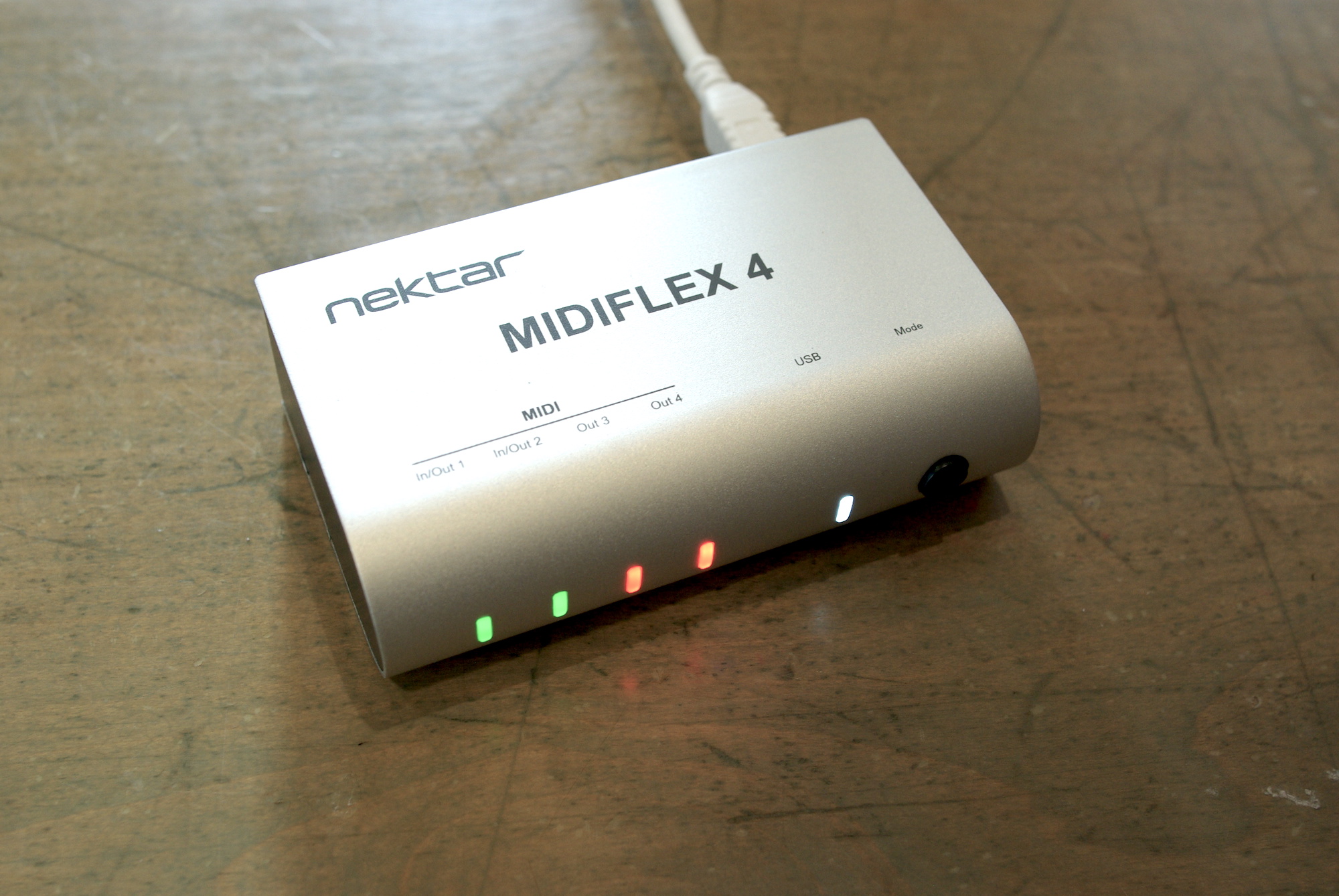
For all the advances in music technology over the last four decades, connecting devices like synths, drum machines and software can still be a frustrating process at times. The MIDI protocol was first proposed in 1981 as a way to allow electronic instruments to communicate with each other, sending a clock signal and messages about when to trigger notes and change parameters. It’s not without its niggles, but it remains the most common and effective way to connect hardware.
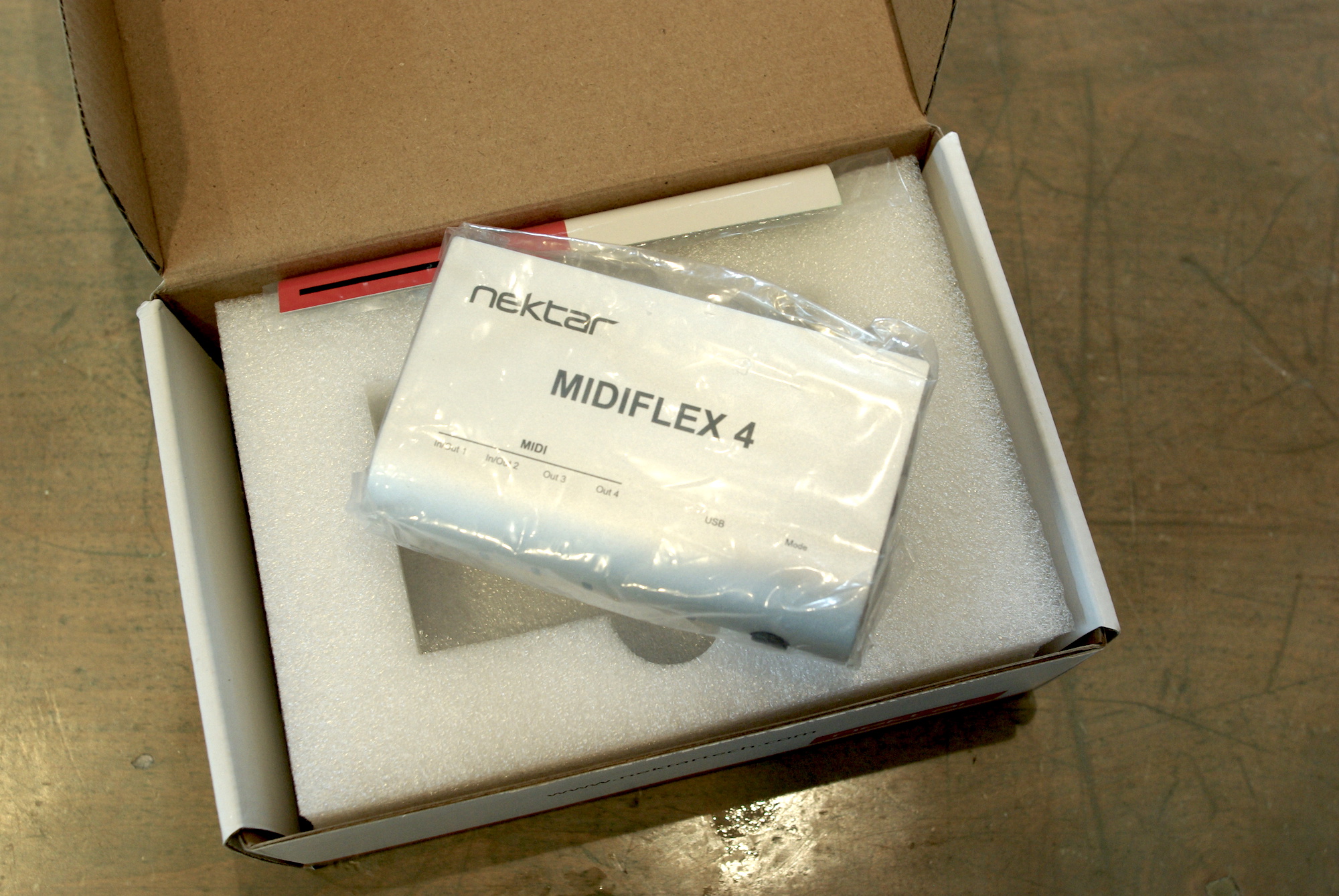
Hollywood brand Nektar are dedicated to efficient, user-friendly MIDI solutions, specialising in keyboards and controllers but now branching out into MIDI interfaces, the tools which help to connect MIDI instruments and software. With the huge growth in affordable hardware instruments in recent years, there’s an even greater demand for solutions to help connect devices. Some instruments use clock/sync signals over regular 3.5mm audio connections, some use USB data cables, but the most common standard is still the 5-pin DIN connector that’s been associated with MIDI since the very beginning. The Nektar Midiflex 4 allows a total of four DIN connections plus one USB connection for power and (optional) connection to a computer.
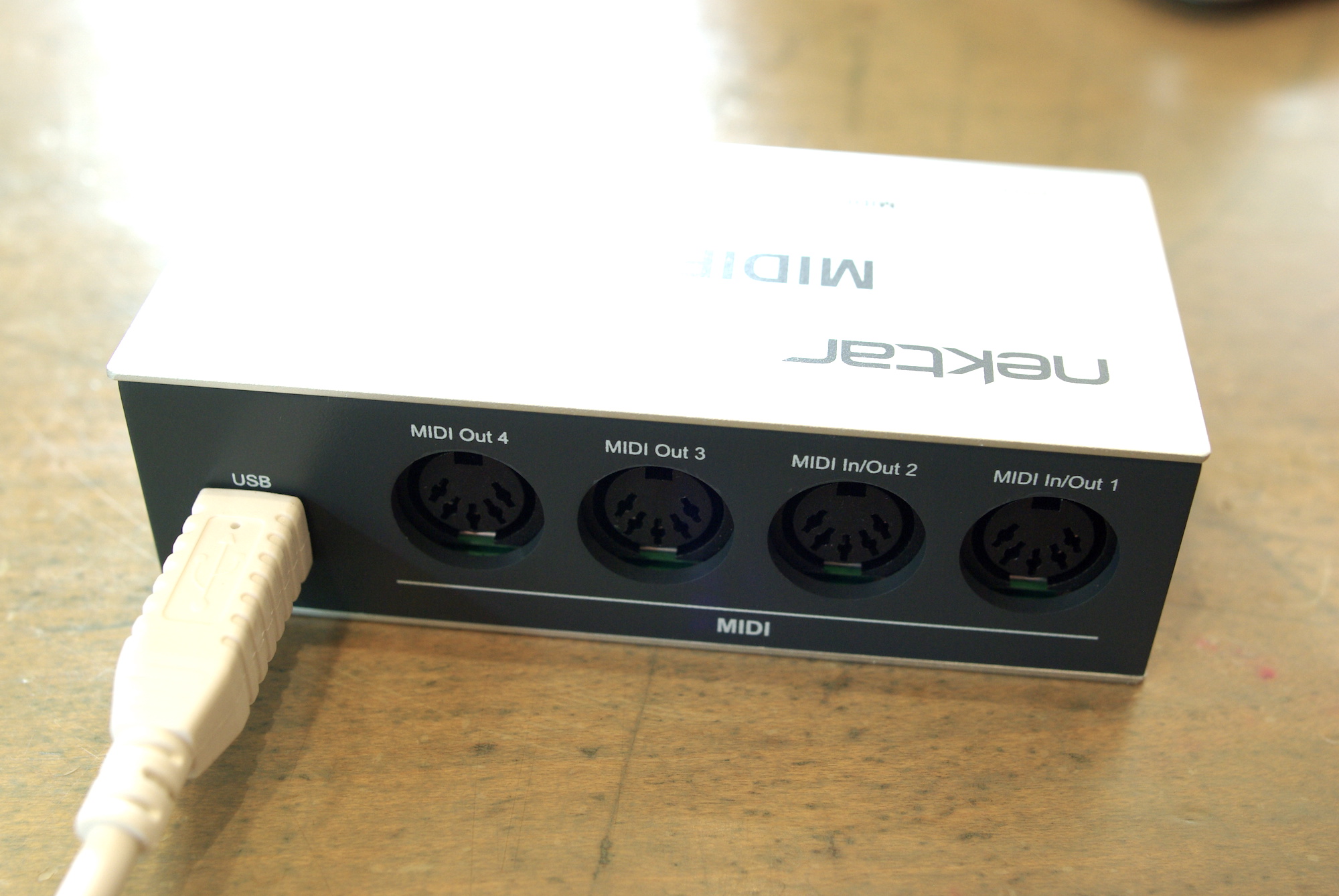
The Midiflex is Nektar’s only MIDI interface, but when you look at its features you start to understand why it’s the only solution they offer. Simply speaking, it does just about everything that most musicians need. It’s a tiny, simple box that connects to your computer via USB and immediately shows up as an interface in your music software; because the Midiflex is ‘class compliant’, there’s no need to install any drivers or additional software. What’s particularly clever about the device is that its four sockets can be configured in different ways: two are dedicated outputs, but the other two can function as either inputs or outputs, depending on your needs. The interface automatically senses whether you’ve connected the two sockets as inputs or outputs incoming signal and sets the functionality accordingly. If four connections aren’t enough, you can run multiple units simultaneously via a USB hub.
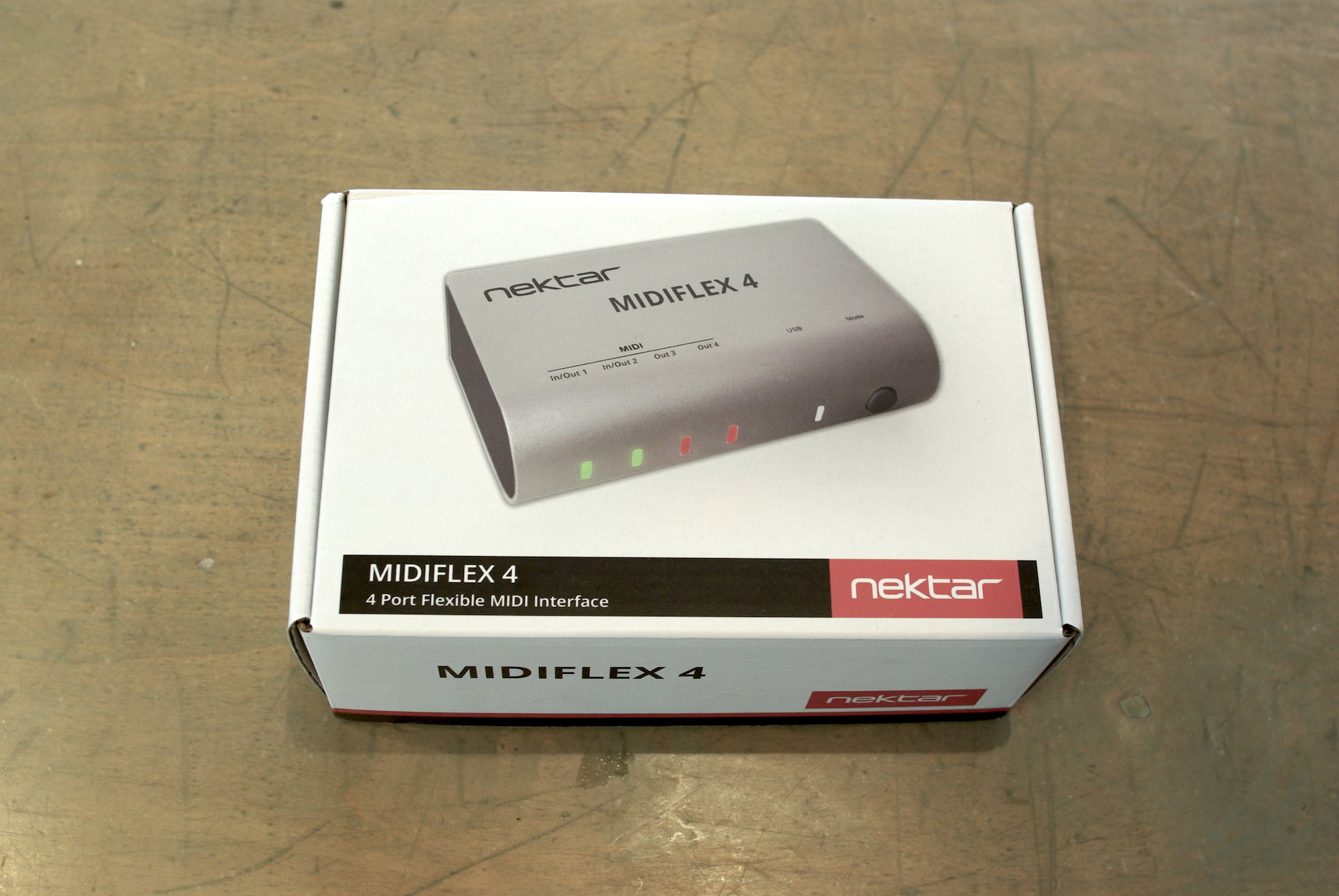
With a suitable USB power supply, you don’t actually need a computer to use the Midiflex. Hook it up to power and you can use it as a standalone MIDI merge or splitter box, allowing you to combine or split signals to connect hardware devices. For instance, if you wanted to split the output of a MIDI sequencer to control multiple synths, the the Midiflex does the job. Whether it’s a computerless studio setup or part of a live hardware setup, the Midiflex is a compact, well-built solution to most MIDI tasks.
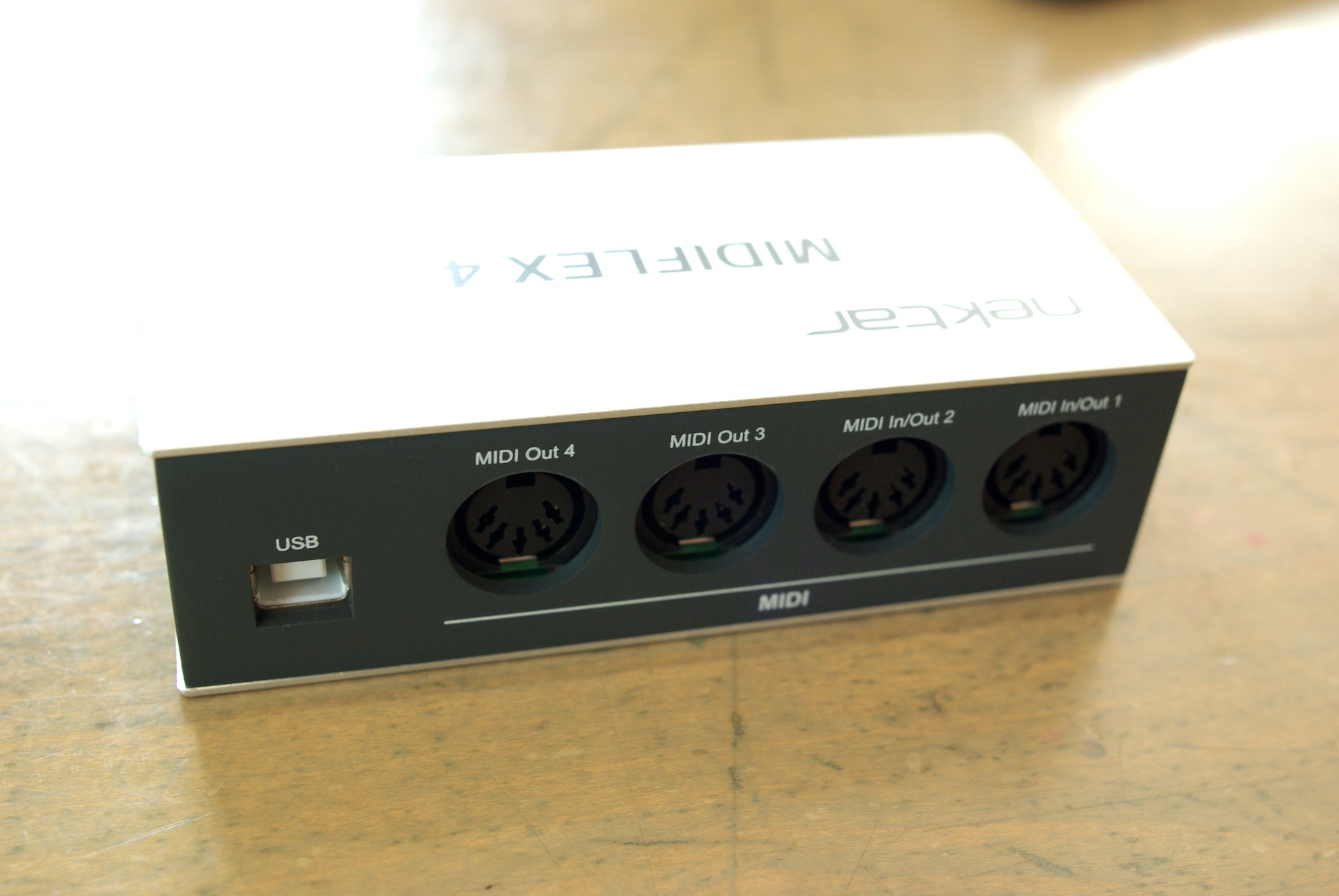
As a bonus, the Midiflex is supplied with a copy of Bitwig 8-Track software, a beginner-friendly DAW which is an ideal starting point if you’re new to making music with a computer. All in all, for just under £50 it’s a hugely cost-effective solution. If you need more complex MIDI, sync and CV capabilities then a slightly more advanced and customisable device like the excellent Retrokits RK006 might be more suitable, but for 99% of musicians the Midiflex will be all you need: a compact, straightforward solution to a common challenge.
Greg Scarth
More info/buy